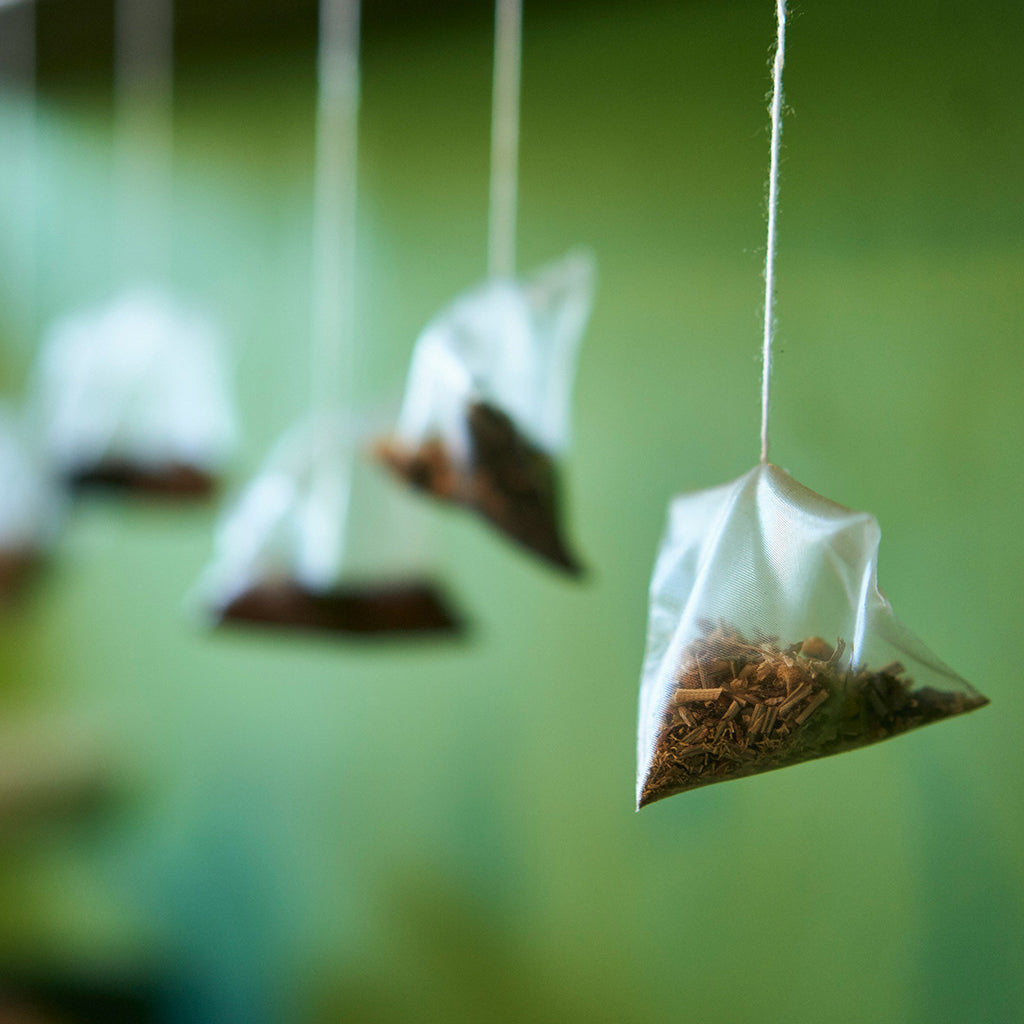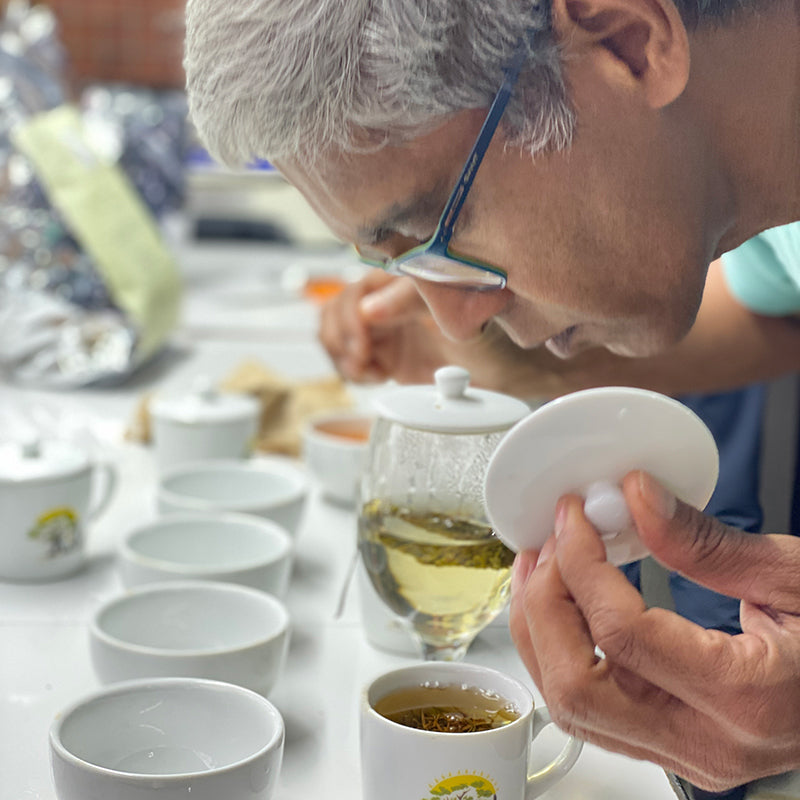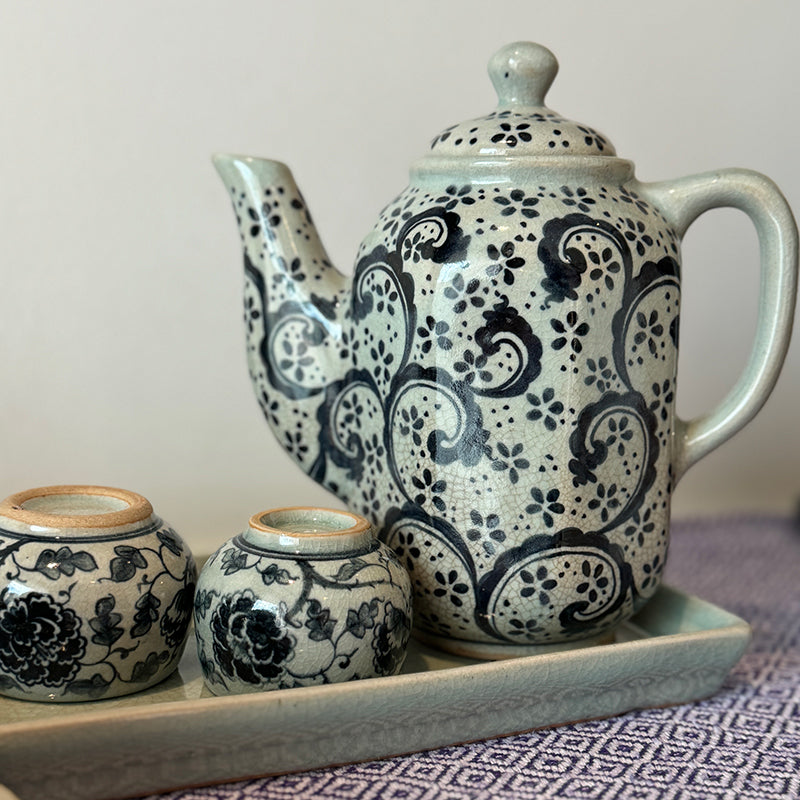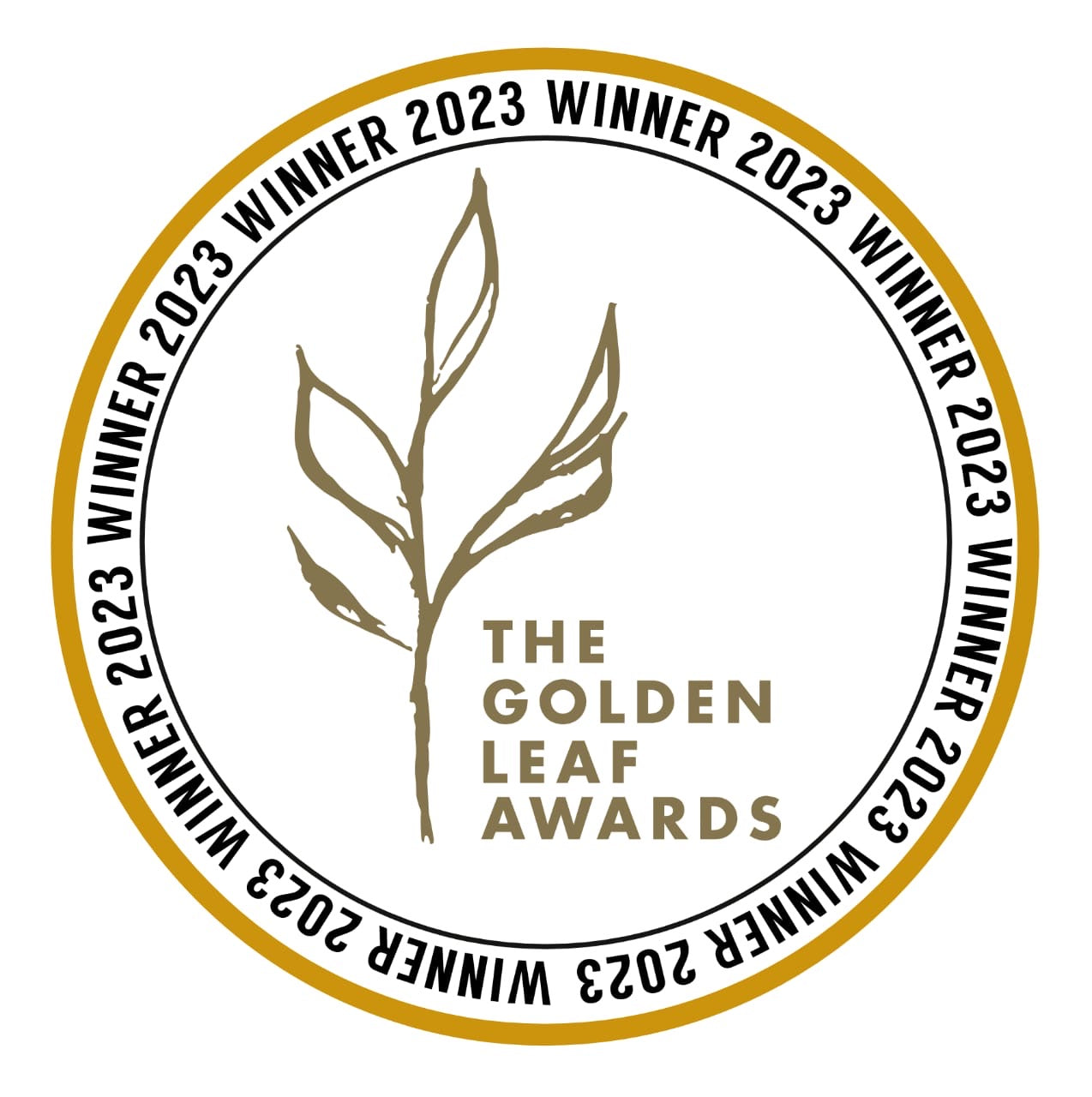In recent years, as the demand for sustainable and eco-friendly products has surged, many companies have sought alternatives to traditional plastics. One such alternative is PLA (polylactic acid), a biodegradable plastic made from renewable resources like corn starch or sugarcane. As a result, PLA has found its way into various products, including tea bags. While using PLA in tea bags might seem like a green solution at first glance, there are several reasons why it isn’t as eco-friendly as it appears.
The Rise of PLA in Tea Bags
Tea bags have traditionally been made with paper, which often includes a percentage of plastic to ensure they hold their shape and withstand hot water. However, as awareness of plastic pollution grew, the spotlight turned on tea bags, with many consumers shocked to learn that their daily cup of tea could be contributing to microplastic pollution. In response, some companies switched to PLA, marketing it as a biodegradable and sustainable alternative to conventional plastics.

The Problem with PLA Plastics
While PLA is touted as a biodegradable plastic, the reality of its environmental impact is more complex. Here are some key reasons why PLA in tea bags might not be the green solution many hope for:
Industrial Composting Requirements
PLA is compostable, but only under specific conditions typically found in industrial composting facilities. These facilities maintain high temperatures and controlled conditions that most home compost bins cannot achieve. Without access to industrial composting, PLA products can persist in the environment just like traditional plastics.
Limited Infrastructure
There are relatively few industrial composting facilities worldwide, especially in regions where PLA tea bags are becoming more popular. This means that even if consumers dispose of PLA tea bags correctly, they might still end up in landfills or the natural environment, where they do not degrade efficiently.
Potential for Microplastic Pollution
Although PLA is marketed as a biodegradable plastic, studies have shown that it can fragment into microplastics under certain conditions. These microplastics can be as harmful as those from traditional plastics, potentially causing environmental damage and entering the food chain.
Misleading Marketing
The "biodegradable" label on PLA products can be misleading, leading consumers to believe that these products are a guilt-free option for the environment. However, the true biodegradability of PLA depends on proper disposal methods, which are not always available or well-understood by the public.

Resource-Intensive Production
PLA is derived from renewable resources like corn, but this doesn’t necessarily make it sustainable. The production of PLA requires significant agricultural resources, including water, land, and energy, which can contribute to deforestation, water scarcity, and other environmental impacts.
What’s the Alternative?
If PLA isn’t the silver bullet solution for sustainable tea bags, what are the alternatives? Here are a few options that might offer a more genuinely eco-friendly approach:
Reusable Tea Infusers:
Switching to loose-leaf tea with reusable metal or silicone infusers can eliminate the need for single-use tea bags altogether.
What we are looking in to at Picker's Pocket:
Some companies are claiming to be exploring tea bags made from only plant fibres like hemp or abaca, which are biodegradable and don’t require industrial composting.
While the shift away from conventional plastics is a positive step, PLA plastics in tea bags aren’t the green solution they’re often made out to be. Their reliance on industrial composting, potential for microplastic pollution, and resource-intensive production means that they can still have a significant environmental impact. For those looking to enjoy a cup of tea without harming the planet, it’s important to consider all options and push for genuinely sustainable practices beyond just replacing one type of plastic with another.




